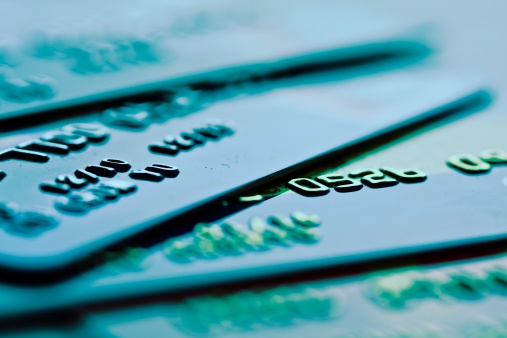Economy
Decline in Consumer Spending Raises Concern for Deflation
Published:
Last Updated:

Consensus estimates had called for month-over-month growth of 0.3% in personal income and 0.2% in spending.
Monthly growth in wages and salaries rose $12.9 billion in July, compared with growth of $25.6 billion in June. The largest decrease came in goods-producing industries, where July’s growth of $700 million was far below June’s growth of $8.8 billion.
Personal outlays dropped from $51.2 billion in June to $12.0 billion in July as consumers spent nearly $37 billion less on personal consumption expenditures.
Personal saving rose month-over-month in July, from $709.4 billion in June to $739.1 billion, a savings rate of 5.7% compared with 5.4% in the prior month.
The price index for PCE rose 0.1% in July, equal to the consensus estimate, up 1.6% compared with July 2013. The core PCE price index, which excludes food and energy, also increased 0.1% month-over-month and is up 1.5% year-over-year. Both increases are in-line with consensus estimates.
Following robust GDP growth in the second quarter, the third quarter is off to a rough start. Unless these numbers are revised sharply in the weeks ahead, there is little chance that U.S. third-quarter GDP will match the second-quarter showing. The low PCE index increases could be signaling a coming bout of deflation.
ALSO READ: Leading Economic Indicators Show Continued Growth
If you’re like many Americans and keep your money ‘safe’ in a checking or savings account, think again. The average yield on a savings account is a paltry .4% today, and inflation is much higher. Checking accounts are even worse.
Every day you don’t move to a high-yield savings account that beats inflation, you lose more and more value.
But there is good news. To win qualified customers, some accounts are paying 9-10x this national average. That’s an incredible way to keep your money safe, and get paid at the same time. Our top pick for high yield savings accounts includes other one time cash bonuses, and is FDIC insured.
Click here to see how much more you could be earning on your savings today. It takes just a few minutes and your money could be working for you.
Thank you for reading! Have some feedback for us?
Contact the 24/7 Wall St. editorial team.